Discover the best DIY natural fertilizer for indoor plants to boost healthy growth, save money, and reduce chemicals. Learn easy, eco-friendly recipes and tips for thriving houseplants.
Indoor plants bring life, freshness, and positivity into our homes. But to keep them green and thriving, they need more than just water and sunlight. Store-bought fertilizers often contain chemicals that may harm the environment and sometimes even damage delicate plants.
That’s where DIY natural fertilizer for indoor plants comes in. It’s safe, inexpensive, and can be made with everyday items you already have at home. In this guide, you’ll learn practical recipes, tips, and the science behind natural fertilizers so your indoor jungle can flourish beautifully.
Why Use DIY Natural Fertilizer for Indoor Plants?
Indoor plants require essential nutrients like nitrogen, phosphorus, and potassium to thrive and grow strong. Over time, the soil in pots loses these vital nutrients, which makes fertilizing important.
Using DIY natural fertilizer for indoor plants gives you several benefits:
- It’s chemical-free and safe for kids, pets, and the environment.
- Saves money by using kitchen scraps and everyday items.
- Provides slow-release nutrition that plants absorb gently.
- Helps reduce household waste by recycling food leftovers.
Understanding Nutrients in Natural Fertilizers
Before jumping into recipes, it helps to know the main nutrients plants need:
- Nitrogen (N): Encourages leafy growth.
- Phosphorus (P): Supports root strength and blooming.
- Potassium (K): Boosts overall health and disease resistance.
When making DIY natural fertilizer for indoor plants, aim for a balance of these three elements. Many kitchen ingredients naturally contain these nutrients, making them perfect for houseplants.
Banana Peel Fertilizer
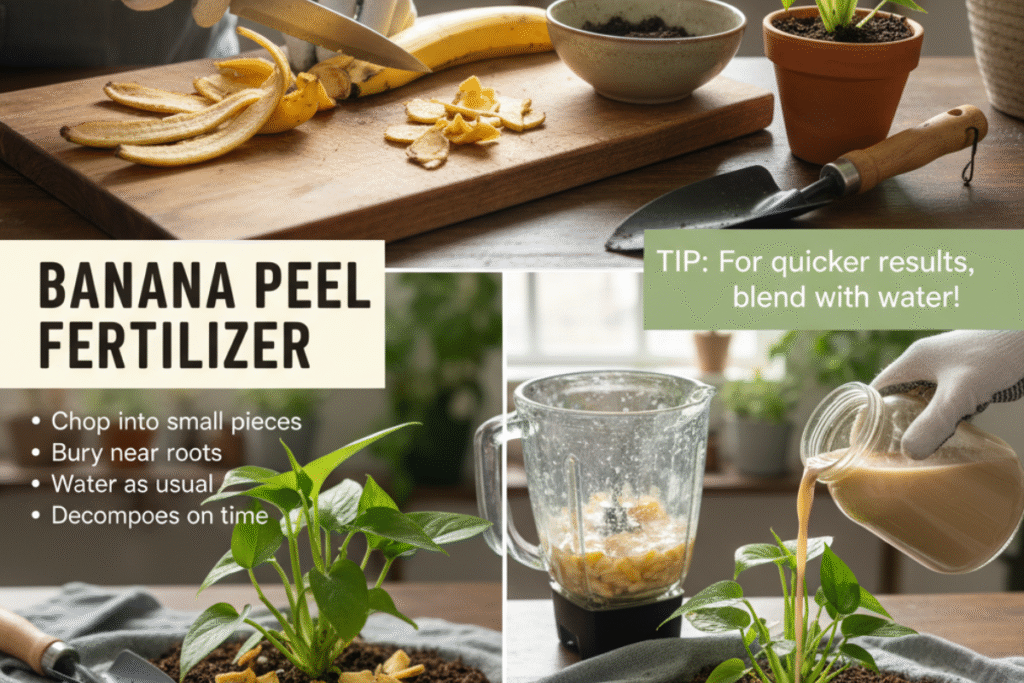
Banana peels are rich in potassium and phosphorus—two nutrients essential for strong roots and vibrant leaves.
How to use:
- Chop up banana peels into small pieces.
- Bury them into the soil near your plant’s roots.
- Water as usual.
Over time, the peels decompose, releasing nutrients into the soil.
Tip: For quicker results, blend the banana peel with water and pour it into the soil.
Coffee Grounds as Fertilizer
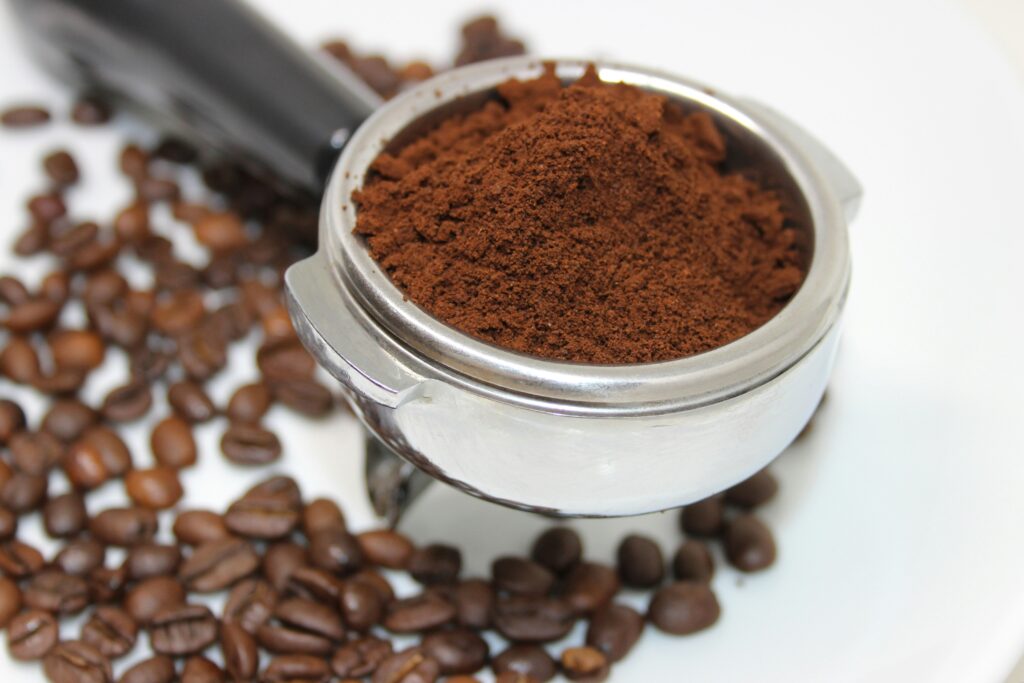
If you’re a coffee drinker, don’t throw away those used grounds. Coffee grounds contain nitrogen, which promotes lush, green foliage.
How to use:
- Sprinkle dried coffee grounds lightly over the soil.
- Mix them in gently so they don’t form a hard crust.
Note: Use coffee grounds in moderation. Too much can make the soil acidic and harm some indoor plants.
Eggshell Fertilizer for Calcium Boost
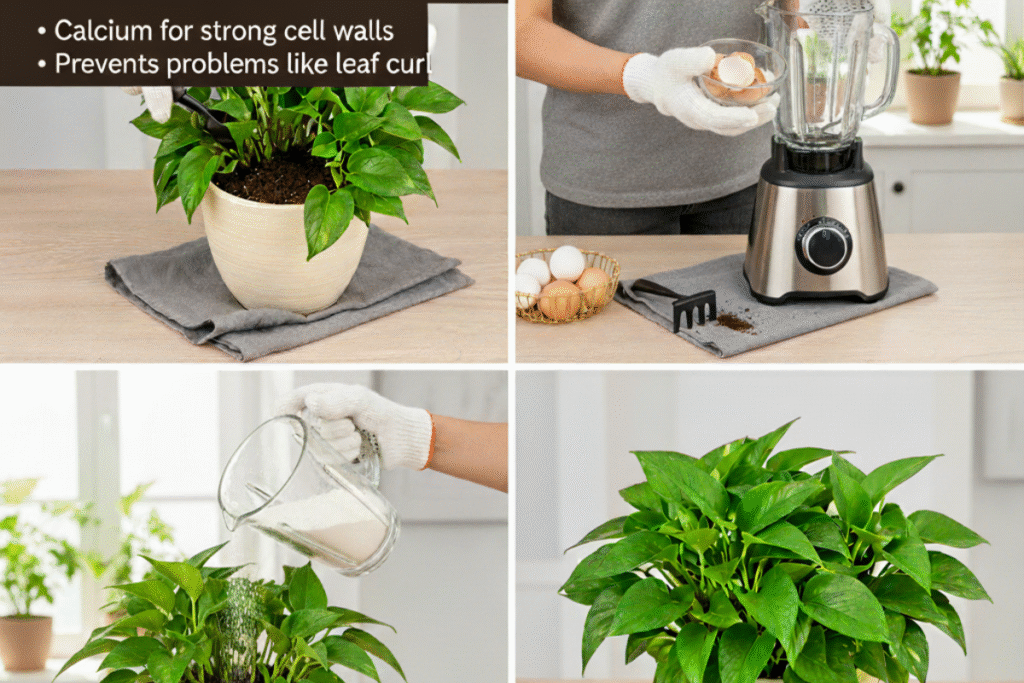
Calcium is vital for strong cell walls and preventing problems like leaf curl. Eggshells are an excellent, natural source.
How to use:
- Wash and dry used eggshells.
- Crush them into fine powder using a blender.
- Sprinkle the powder directly into the soil.
This slow-release fertilizer keeps your plants healthy for weeks.
Rice Water for Gentle Nutrition
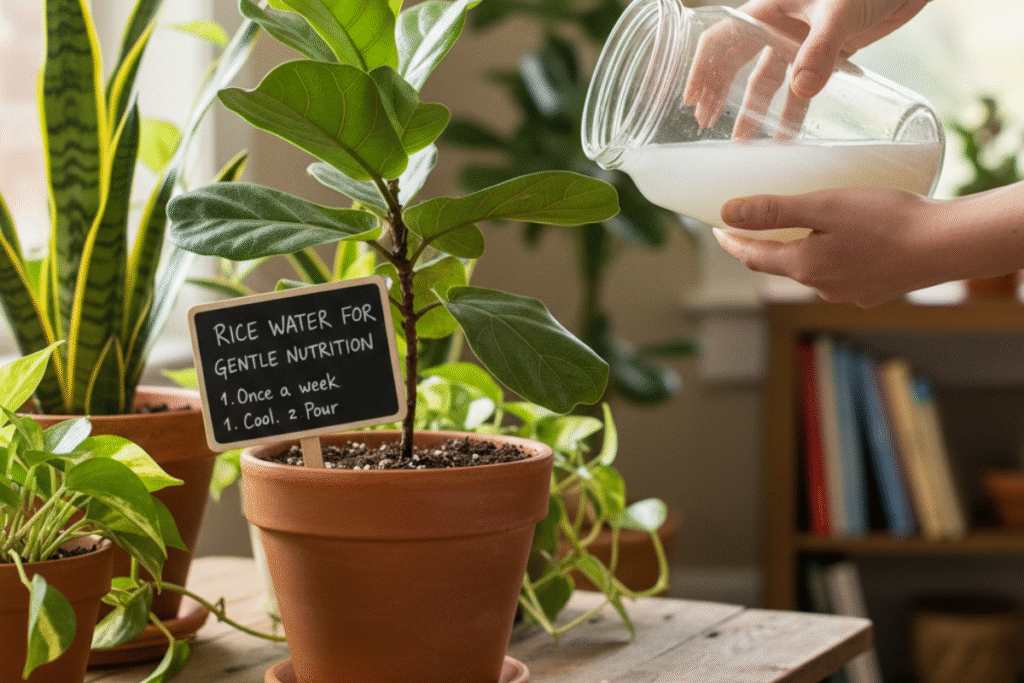
Every time you rinse or boil rice, the leftover water contains valuable nutrients like starch and small amounts of nitrogen. Instead of pouring it down the drain, save it for your indoor plants.
How to use:
- Let the rice water cool.
- Pour it around your plant’s roots once a week.
This mild DIY natural fertilizer for indoor plants is safe and easy for beginners.
Compost Tea for Indoor Plants
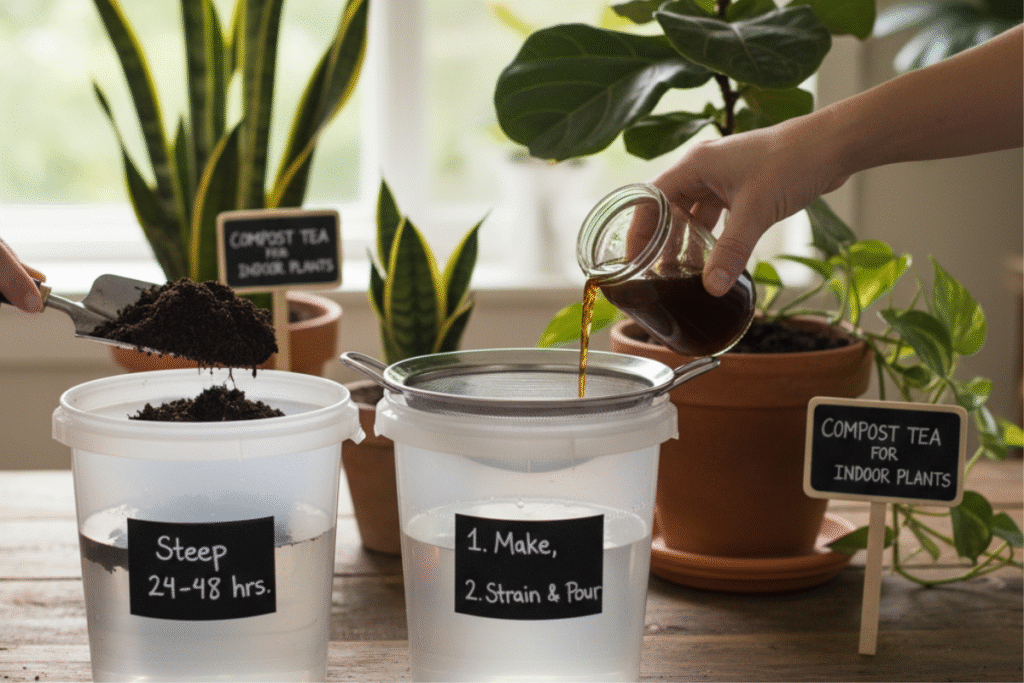
Compost is the king of organic fertilizers, and turning it into liquid form makes it easy to use indoors.
How to make compost tea:
- Place 2 cups of finished compost into a bucket of water.
- Let it steep for 24–48 hours.
- Strain and use the liquid to water your plants.
This nutrient-rich tea naturally improves soil health and boosts plant growth.
Epsom Salt for Magnesium
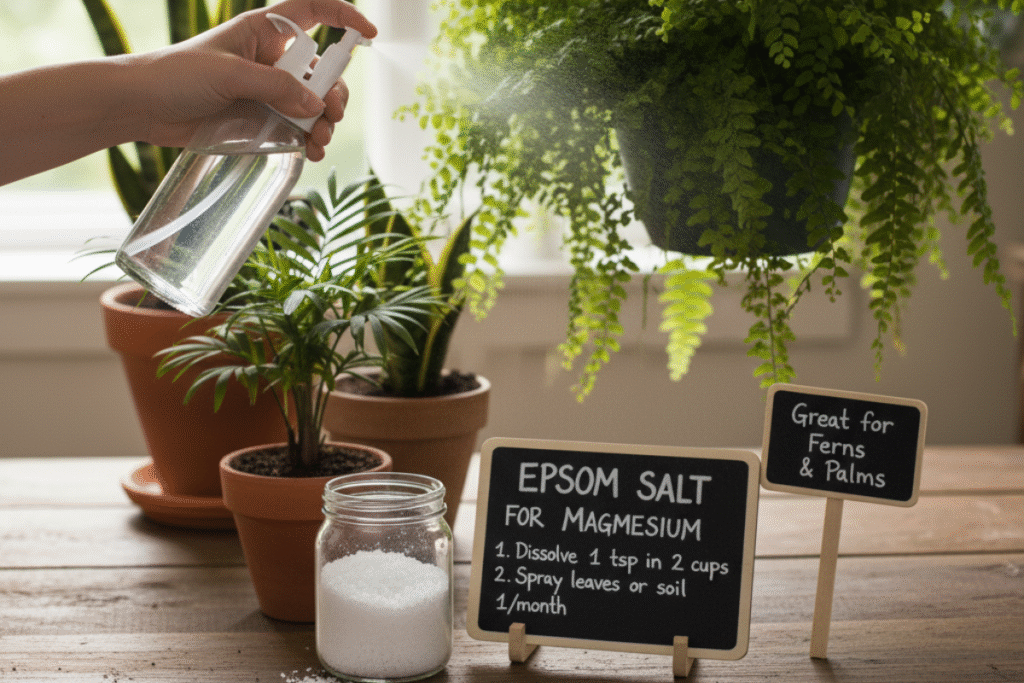
Epsom salt isn’t just for sore muscles—it’s also a great plant booster. It contains magnesium and sulfur, which improve photosynthesis.
How to use:
- Dissolve one teaspoon of Epsom salt in 2 cups of water.
- Spray onto leaves or pour around the soil once a month.
It’s beneficial for leafy indoor plants, such as ferns and palms.
Fish Tank Water
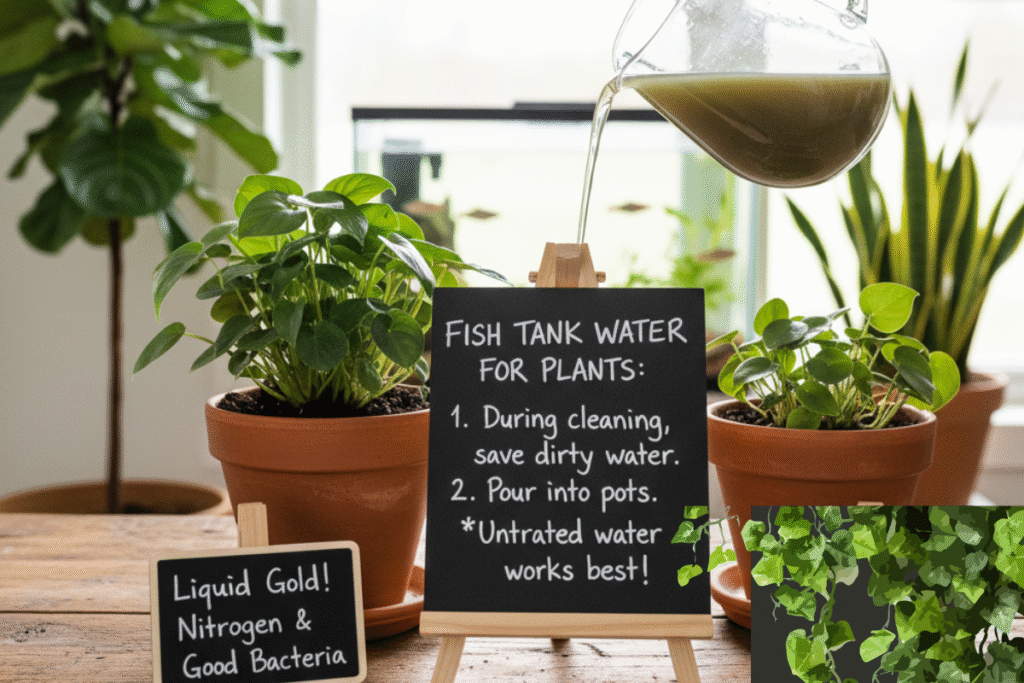
If you keep pet fish, their tank water is liquid gold for plants. It’s full of nitrogen and beneficial bacteria.
How to use:
- During tank cleaning, save the dirty water.
- Pour it directly into your plant pots.
This works best when the water is untreated.
Used Tea Leaves Fertilizer
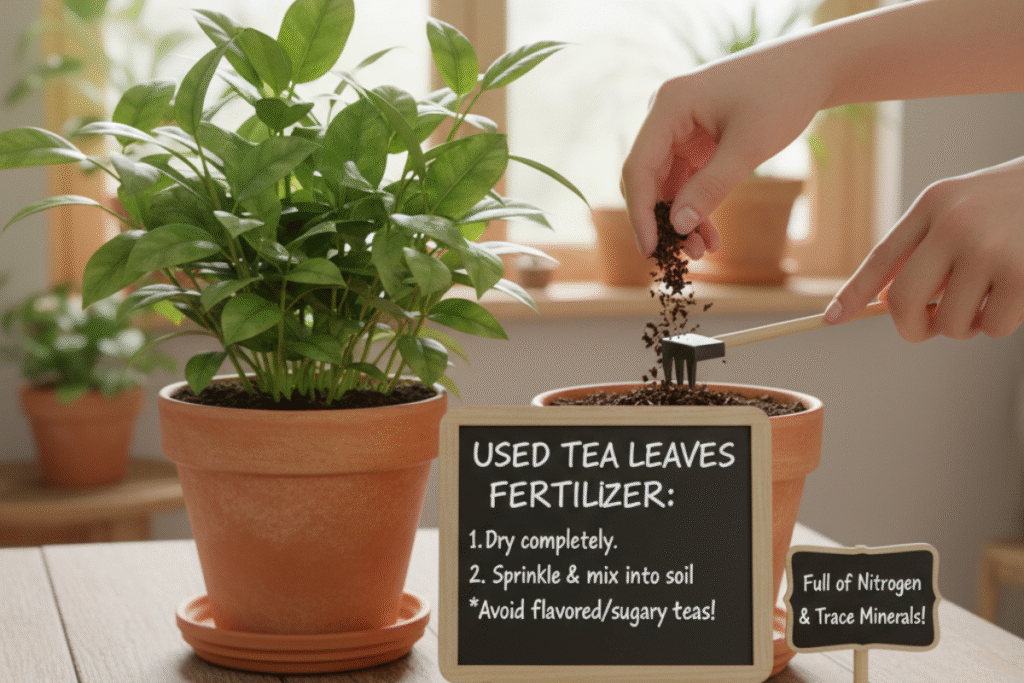
Tea leaves are rich in nitrogen and various trace minerals. Instead of tossing them away, reuse them for your plants.
How to use:
- Dry the used leaves completely.
- Sprinkle the mixture lightly over the soil and mix it in.
Avoid flavored or sugary teas, as they may harm your plants.
Molasses Fertilizer
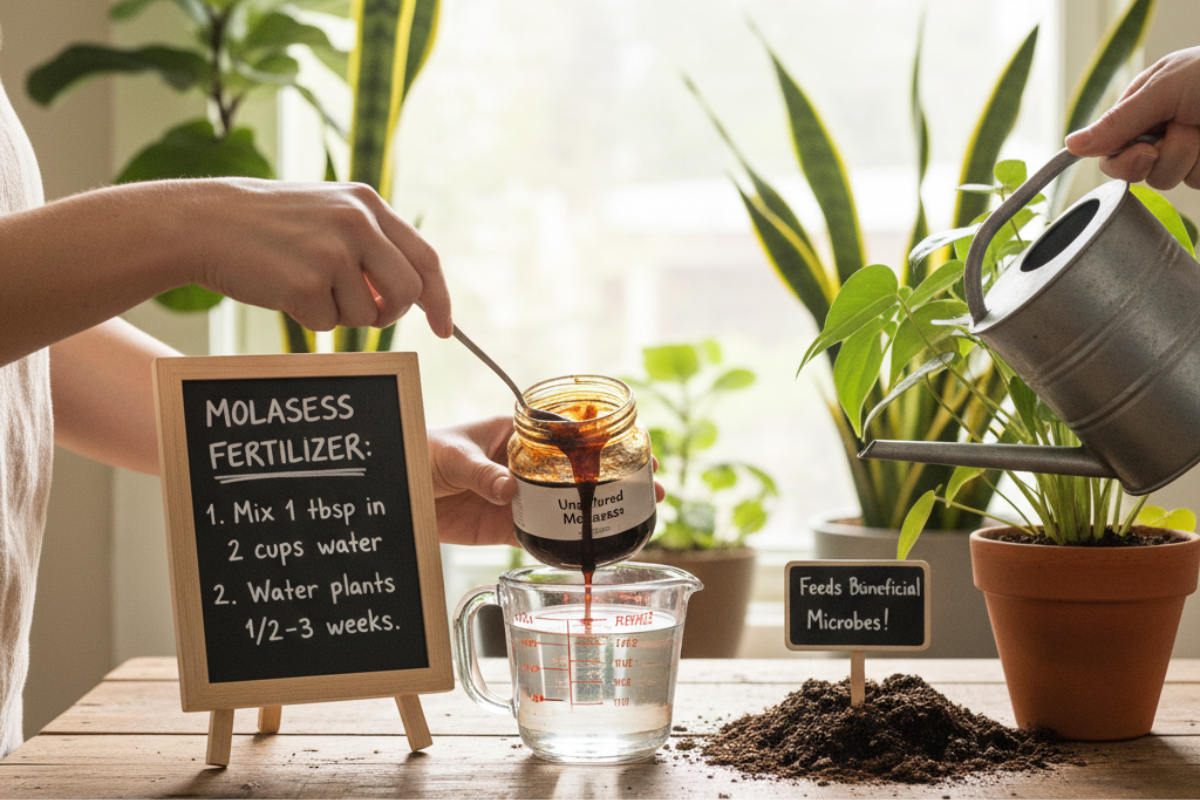
Molasses is a natural sugar that helps feed beneficial microbes in the soil. These microbes then make nutrients more available to plants.
How to use:
- Mix one tablespoon of unsulfured molasses in 2 cups of water.
- Water your plants once every 2–3 weeks.
This is a gentle way to boost soil health for indoor pots.
Potato Water Fertilizer
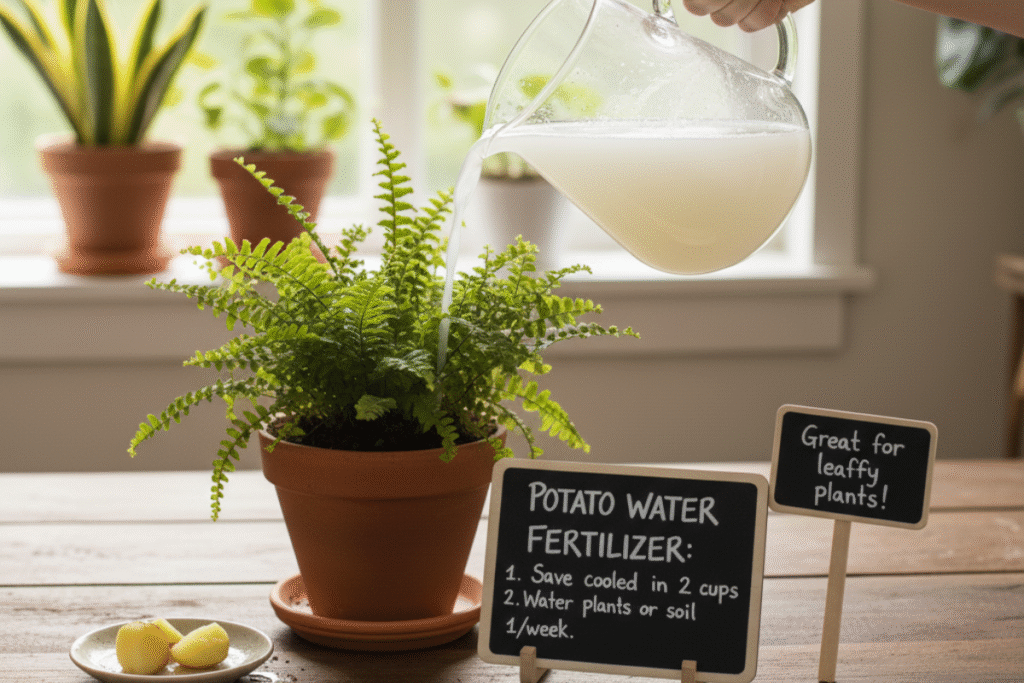
Boiled potatoes release starch and minerals into the cooking water. This water, once cooled, becomes a nutrient drink for your houseplants.
How to use:
- Save the cooled potato water.
- Water your plants with it once a week.
It’s perfect for leafy indoor plants.
Aloe Vera Fertilizer
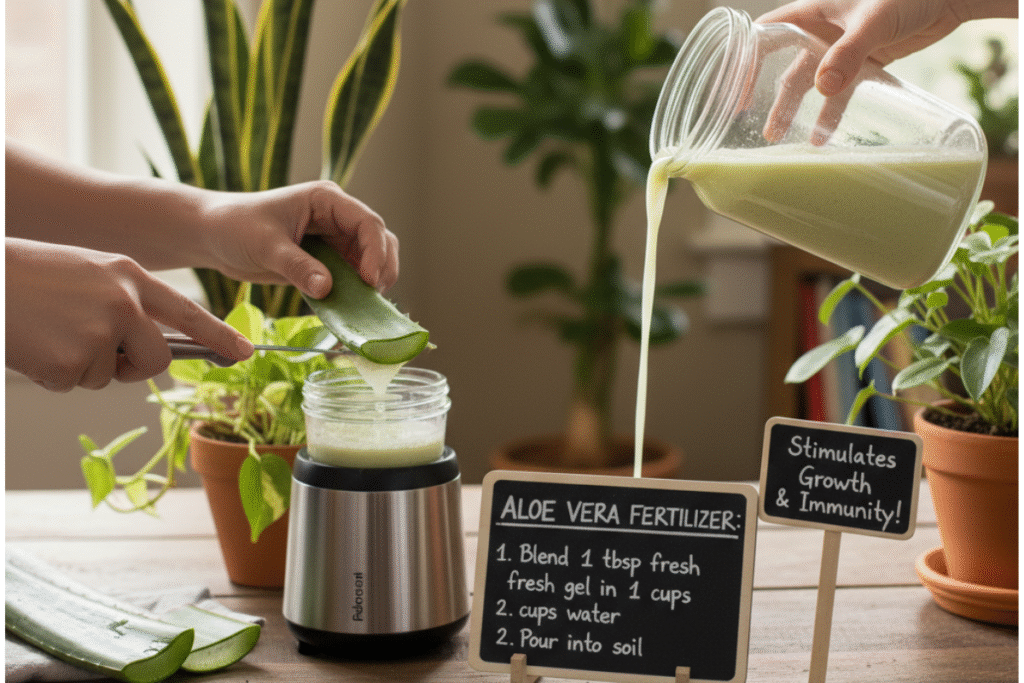
Aloe vera isn’t just a healing plant for humans—it also nourishes indoor plants. It contains enzymes, vitamins, and minerals that stimulate growth.
How to use:
- Blend one tablespoon of fresh aloe vera gel with 2 cups of water.
- Pour directly into the soil.
This natural tonic improves root development and boosts plant immunity.
Onion Peel Fertilizer
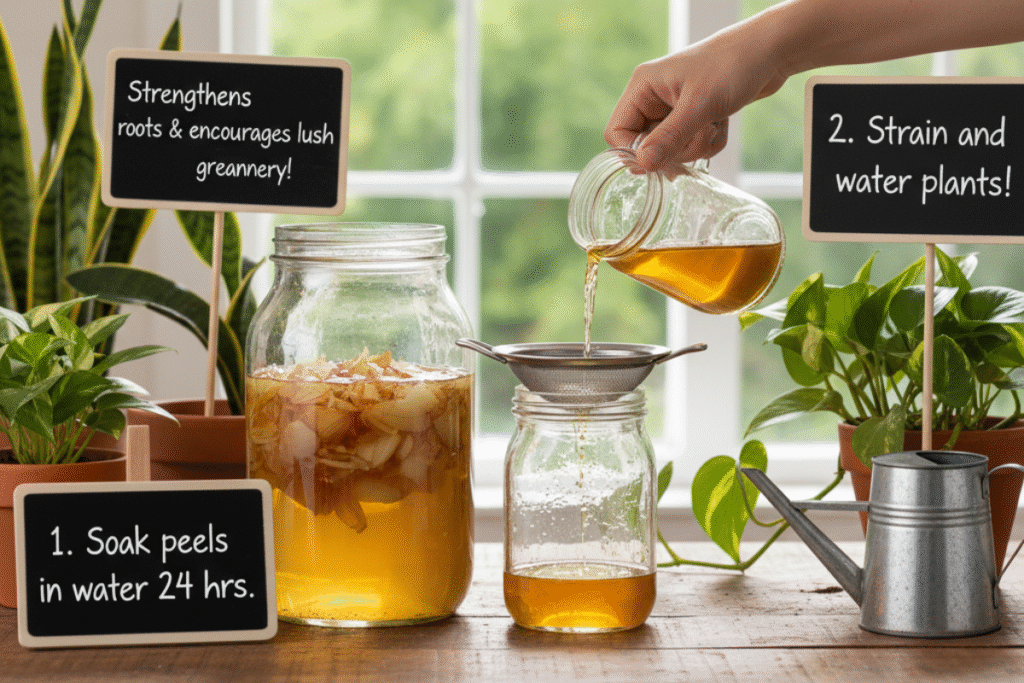
Onion peels are rich in potassium, calcium, and antioxidants. They decompose quickly, enriching the soil.
How to use:
- Collect onion peels and soak them in water for 24 hours.
- Strain and use the liquid to water your plants.
This strengthens roots and encourages lush, green growth.
Tips for Using DIY Natural Fertilizer for Indoor Plants
To get the best results from your homemade fertilizers, keep these tips in mind:
- Start small: Test a fertilizer on one plant before applying to all.
- Avoid over-fertilizing: Too much can stress or burn your plants.
- Rotate fertilizers: Use different recipes to provide plants with a balanced diet.
- Watch for pests: Some food-based fertilizers can attract bugs if not used properly.
- Keep it fresh: Always use fresh mixtures and avoid anything with mold.
Signs Your Indoor Plants Need Fertilizer
How do you know when it’s time to use DIY natural fertilizer for indoor plants? Watch for these signs:
- Yellowing leaves
- Slow growth
- Weak stems
- Pale or small leaves
- Poor flowering
If you notice these, it’s time to nourish your plants.
Eco-Friendly Benefits of DIY Fertilizer
Making your own fertilizers doesn’t just help plants—it also helps the planet. By recycling kitchen scraps, you reduce food waste and limit reliance on chemical products. It’s a small step toward sustainable living that makes a big difference over time.
Common Mistakes to Avoid
When using DIY natural fertilizer for indoor plants, avoid these errors:
- Using too much at once
- Not diluting strong ingredients like molasses
- Applying to dry soil (always water lightly first)
- Leaving food scraps uncovered, which attracts pests
By avoiding these mistakes, your plants will thrive without issues.
Conclusion
Caring for houseplants doesn’t have to mean buying expensive, chemical-based fertilizers. With simple kitchen ingredients like banana peels, coffee grounds, eggshells, and rice water, you can easily create a practical DIY natural fertilizer for indoor plants.
Not only will your plants grow healthier, but you’ll also save money, reduce waste, and embrace a more eco-friendly lifestyle. Try a few of these recipes, observe the results, and watch your indoor garden flourish naturally.
FAQs
Q1: How often should I use DIY natural fertilizer for indoor plants?
A: Once every 2–4 weeks is usually enough. Over-fertilizing can harm plants.
Q2: Can I mix different natural fertilizers?
A: Yes, but start with small amounts to avoid overwhelming your plants.
Q3: Is DIY fertilizer safe for all indoor plants?
A: Most are safe, but always test on one plant before applying widely.
Q4: Can natural fertilizers replace commercial ones completely?
A: Yes, with consistent use and variety, DIY natural fertilizer for indoor plants can provide all essential nutrients.

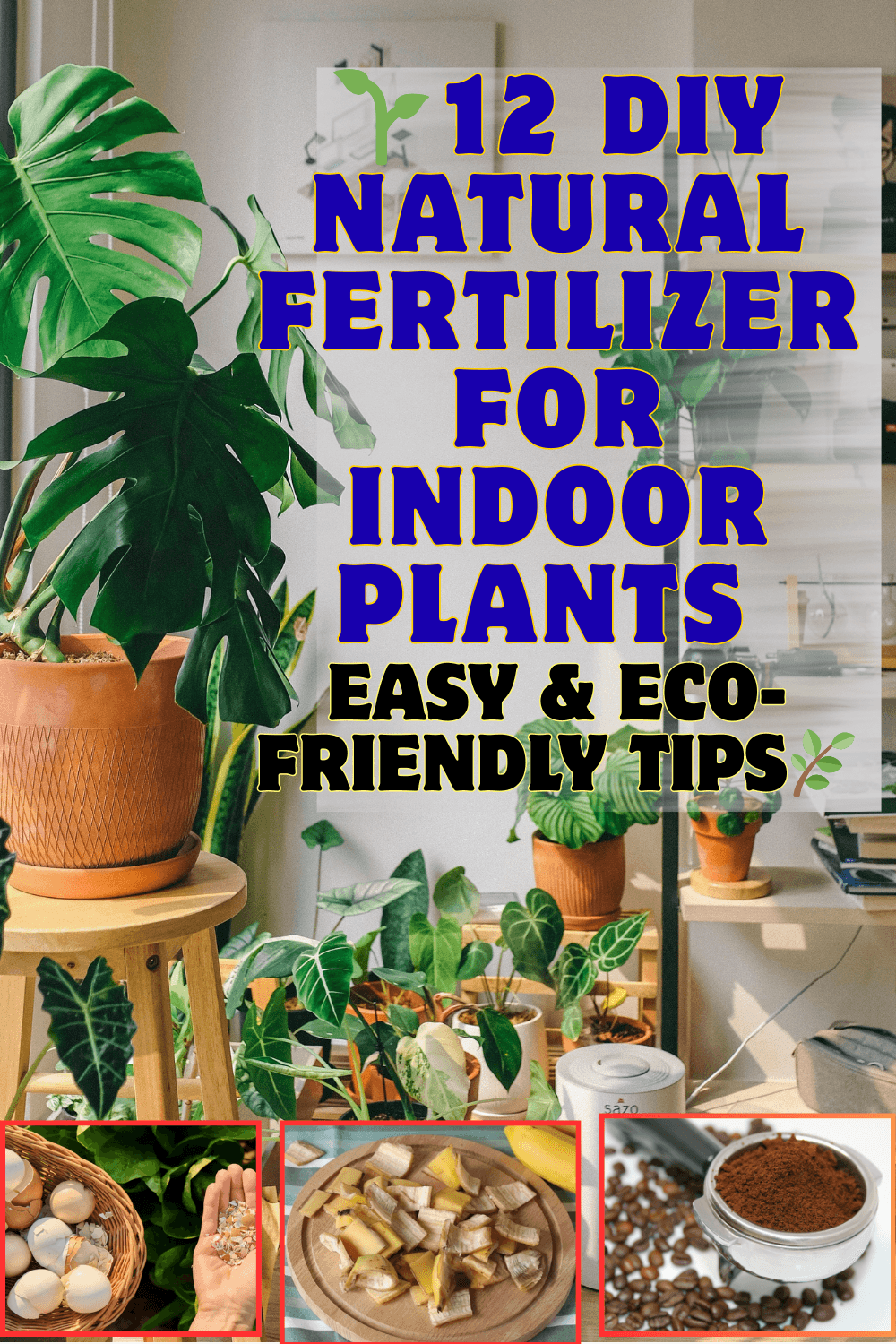
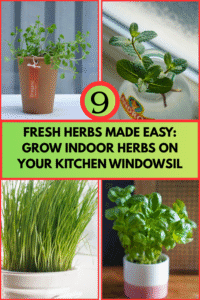

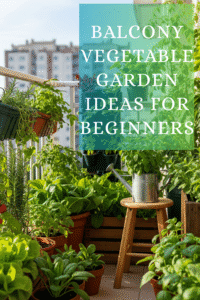
Pingback: 10 Amazing Low-Maintenance Indoor Plants That Are Pet-Friendly | Savy Home - Savy Home
Pingback: How to Match Home Decor with Indoor Plants in Modern Style | Savy Home - Savy Home